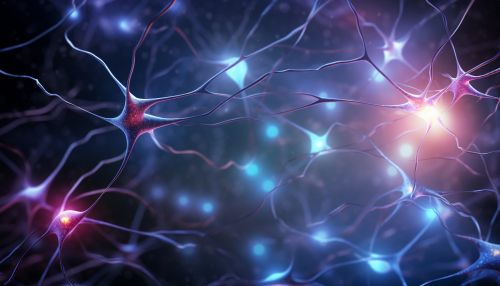The Biological Mechanisms of Animal Behavior
Introduction
Animal behavior is a fascinating field of study that encompasses a wide range of disciplines, from ethology and psychology to neuroscience and genetics. The biological mechanisms that underpin animal behavior are complex and multifaceted, involving a delicate interplay of genetic, hormonal, and environmental factors. This article delves into the intricacies of these mechanisms, providing a comprehensive and detailed exploration of the subject.


Genetic Basis of Animal Behavior
The genetic basis of animal behavior is a topic of ongoing research. It is widely accepted that genes play a crucial role in shaping animal behavior, but the exact mechanisms are still being unraveled. Genes can influence behavior directly, by coding for proteins that affect the nervous system, or indirectly, by influencing the animal's physical traits and thus its interactions with the environment.


For instance, the foraging behavior of the fruit fly, Drosophila melanogaster, is known to be influenced by a gene called for. Flies with different versions of this gene exhibit different foraging strategies, with some tending to rove widely in search of food, while others stick close to a food source. This is an example of a single gene having a significant impact on behavior.
Hormonal Control of Behavior
Hormones are another key biological mechanism that influences animal behavior. These chemical messengers are produced by the endocrine system and travel through the bloodstream to target tissues, where they trigger specific responses.


One well-known example of hormonal control of behavior is the role of testosterone in aggression. In many species, males with higher levels of testosterone tend to be more aggressive. However, the relationship between hormones and behavior is not always straightforward. For instance, while testosterone can influence aggression, social and environmental factors also play a crucial role, and aggression can in turn affect testosterone levels.
Neural Mechanisms of Behavior
The nervous system, consisting of the brain, spinal cord, and peripheral nerves, is the primary control center for behavior. Neural mechanisms of behavior involve the transmission of signals between neurons, or nerve cells, in response to sensory input.


For example, the startle response to a sudden loud noise is mediated by a simple neural circuit involving only a few synapses, or connections between neurons. More complex behaviors, such as learning and memory, involve intricate networks of neurons in the brain.
Environmental Influences on Behavior
While genetics, hormones, and neural mechanisms are all crucial, the environment also plays a pivotal role in shaping animal behavior. Environmental influences can range from immediate sensory stimuli to broader factors such as the availability of food and mates, the presence of predators, and the physical characteristics of the habitat.


For instance, many bird species are known to alter their song patterns in response to noise pollution, a phenomenon known as the Lombard effect. This is an example of a behavioral adaptation to an environmental challenge.
Conclusion
The biological mechanisms of animal behavior are a complex interplay of genetic, hormonal, neural, and environmental factors. Understanding these mechanisms can provide valuable insights into animal ecology, conservation, and welfare, as well as shedding light on the evolutionary processes that have shaped behavior.
